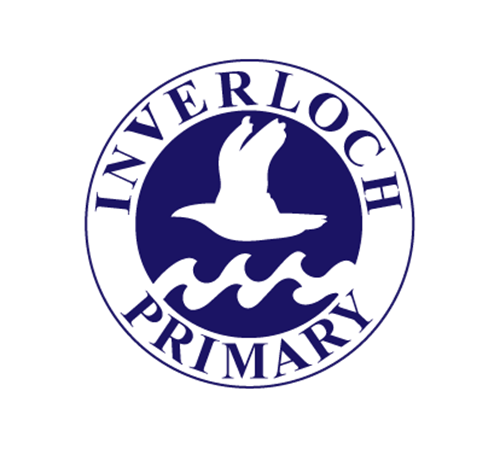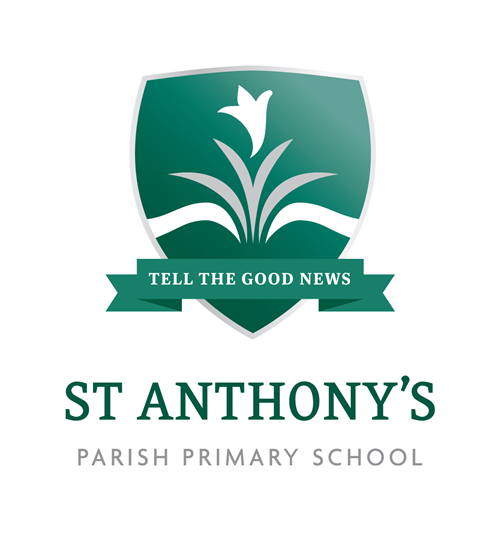Science: Multicellular organisms
Introduction
Canberra Girls Grammar School (CGGS) aims to develop students from Foundation to Year 12 to become independent, reflective, lifelong learners. The CGGS community believes that science is an integral part of daily life that is relevant to everyone. CGGS Guide to Courses Year 7–8 states, “A knowledge and understanding of science is vital for all students so they can understand the world in which they live, value the systems and processes that support life on our planet, and take an active and informed role in their society” (CGGS, 2018, p. 22).
In this Year 8 Science illustration of practice, learning activities about body systems were designed around age-appropriate content, taking the individual needs of students into account.
While not a regular practice, for this lesson the students were organised into ability groups to optimise opportunities for all students to demonstrate the full extent of their skills, knowledge and understanding of body systems. The teacher adjusted the pace of instruction to provide repetition and reinforcement as required.
Learning intention
Students work collaboratively in groups to create a poster explaining the connections between body systems and the specialised functions of organs.
During the lesson
Students worked in groups to design and make a poster that visually represented their research. Key elements included:
- the primary function of the system
- the major organs associated with the system
- a description of two ways the system can coordinate with one other body system
- production of a life-sized, labelled drawing of the system and its components.
After the lesson
Students presented their research to the class. Some students focused on the language that allowed them to convey a key point about their research. Other students explained elements of the body systems, the interrelationship between these systems, and how this information could contribute to society.
Planned adjustments
For students with language needs, the lesson focused on subject-specific language. The following adjustments were provided or accessed:
- language prompt sheets
- a glossary
- books and online resources
- elaborations – to ensure each student worked towards the same achievement standard
- higher order questions – to extend students, build knowledge and promote a deep understanding of concepts
- content elaborations – to extend students
- learning support staff – to support students with language needs.
Dimensions of the Australian Curriculum accessed in this illustration of practice

Learning area content
|
Sub-strand |
Element from Achievement Standard |
Content Descriptions |
Elaborations |
|
Biological Sciences |
… They analyse the relationship between structure and function at cell, organ and body system levels. |
Multi-cellular organisms contain systems of organs carrying out specialised functions that enable them to survive and reproduce (ACSSU150) |
identifying the organs and overall function of a system of a multicellular organism in supporting the life processes
describing the structure of each organ in a system and relating its function to the overall function of the system
examining the specialised cells and tissues involved in structure and function of particular organs
|
General capabilities
|
General Capability |
Sub-element |
Level 1 |
Level 2 |
Level 3 |
Level 4 |
Level 5 |
Level 6 |
|
Personal and Social |
Listen and respond to learning area text |
|
|
|
|
|
|
|
Literacy |
Use knowledge of text structures |
|
|
|
|
|
|
|
Literacy |
Understanding learning area vocabulary |
|
|
|
|
|
|
|
Literacy |
Understand how visual elements create meaning |
|
|
|
|
|
|
|
Literacy |
Navigate, read and view subject-specific texts |
|
|
|
|
|
|
|
Critical and Creative Thinking |
Imagine possibilities and connect ideas |
|
|
|
|
|
|
|
Critical and Creative Thinking |
Identify and clarify information and ideas |
|
|
|
|
|
|
- What strategies were used by the teacher to ensure that students were not disadvantaged when working with age-appropriate content?
- The teacher referred to some ways that opportunities were provided for students to create deeper understanding and build knowledge outside the task requirement. What actions and or words were used by the teacher to convey this?
- In this illustration of practice, what evidence was available to inform the teacher about the levels of student progress?
- Teachers can place different configurations of students in classroom instructional groups, assign the groups different learning goals and tasks, evaluate student performance in different ways and maintain group membership for different periods of time. How do you use groups to support the differentiated needs of students?
Similar illustrations of practice
Copyright
These illustrations of personalised learning are not licensed under the creative commons license used for other material on the Australian Curriculum website. Instead, you may view, download, display, reproduce, and distribute these materials in unaltered form only for your personal, non-commercial educational purposes or for the non-commercial educational purposes of your organisation, provided that you retain this copyright notice. This means you cannot edit, modify or adapt any of these materials and you cannot sub-license any of these materials to others. Apart from any uses permitted under the Copyright Act 1968 (Cth), and those explicitly granted above, all other rights are reserved by ACARA.






